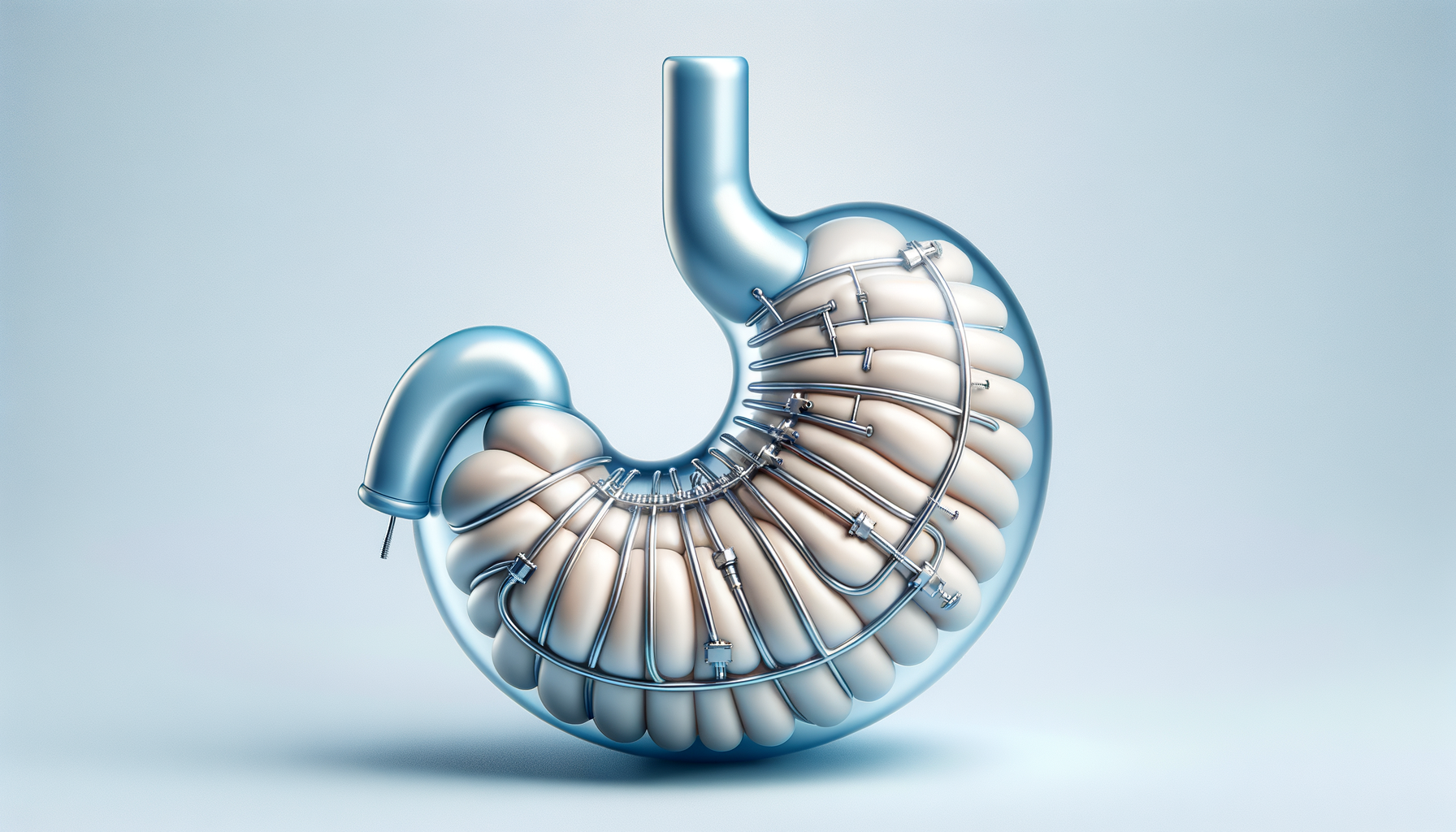
Lose Weight Confidently in Ireland: Discover the Gastric Balloon Procedure
Understanding the Gastric Balloon Procedure
The gastric balloon procedure is a non-surgical weight loss solution that has gained popularity due to its minimally invasive nature and effectiveness. This procedure involves placing a soft, silicone balloon in the stomach, which is then filled with a saline solution. The presence of the balloon limits the amount of food the stomach can hold, leading to reduced food intake and promoting a feeling of fullness.
One of the significant advantages of the gastric balloon is that it does not require any incisions or permanent alterations to the digestive system. Unlike other weight loss surgeries, such as gastric bypass or sleeve gastrectomy, the gastric balloon offers a temporary solution that can be removed after achieving desired weight loss results. This makes it an attractive option for those who are not ready for or do not qualify for surgical interventions.
The procedure itself is relatively quick, usually taking around 20 to 30 minutes, and is performed under mild sedation. Patients can typically return home the same day, making it a convenient choice for those with busy lifestyles. The balloon remains in the stomach for about six months, after which it is removed through a similar endoscopic procedure.
- Non-surgical and minimally invasive
- Quick procedure with same-day discharge
- Temporary solution with reversible effects
Overall, the gastric balloon offers a practical approach for individuals seeking to jumpstart their weight loss journey without committing to permanent surgical changes.
Benefits and Considerations
The gastric balloon procedure provides several benefits that make it a compelling option for weight management. One of the primary advantages is the reduction in hunger and appetite, which helps individuals adhere to a healthier eating pattern. By occupying space in the stomach, the balloon creates a sensation of fullness, reducing the desire to consume large portions.
Additionally, the procedure does not involve any surgical risks or long recovery periods, making it suitable for individuals who may not be ideal candidates for surgery due to health concerns. The absence of incisions also reduces the risk of complications such as infections or hernias.
However, it is essential to consider certain factors before opting for the gastric balloon. Candidates need to be committed to making lifestyle changes, including adopting a balanced diet and regular exercise, to achieve and maintain weight loss. The procedure is most effective when combined with comprehensive lifestyle modifications, as the balloon serves as a tool to facilitate these changes.
- Reduces hunger and appetite
- No surgical risks or long recovery
- Requires commitment to lifestyle changes
Moreover, potential side effects such as nausea, vomiting, and abdominal discomfort may occur during the initial days following the procedure. These symptoms typically subside as the body adjusts to the presence of the balloon. Consulting with a healthcare professional is crucial to ensure that the gastric balloon is the right choice based on individual health and weight loss goals.
Comparing Gastric Balloon to Other Weight Loss Options
When considering weight loss solutions, it is important to compare the gastric balloon to other available options to determine the most suitable approach. Surgical procedures like gastric bypass and sleeve gastrectomy involve permanent changes to the digestive system, offering significant and sustained weight loss but with higher risks and longer recovery times.
In contrast, the gastric balloon provides a temporary and reversible solution, making it appealing to those who prefer a non-permanent option. While the weight loss achieved with a gastric balloon may not be as dramatic as with surgical methods, it offers a safer and less invasive alternative.
Another popular non-surgical option is medication-based weight loss, which involves the use of prescribed drugs to suppress appetite or block fat absorption. However, these medications may have side effects and are not suitable for everyone, particularly those with underlying health conditions.
- Surgical options: permanent and effective but higher risks
- Medication-based: less invasive but potential side effects
- Gastric balloon: temporary, reversible, and safer
Ultimately, the choice between a gastric balloon and other weight loss methods should be based on individual preferences, health considerations, and weight loss goals. Consulting with a healthcare professional can provide valuable insights and help determine the most appropriate path to achieve successful weight management.


